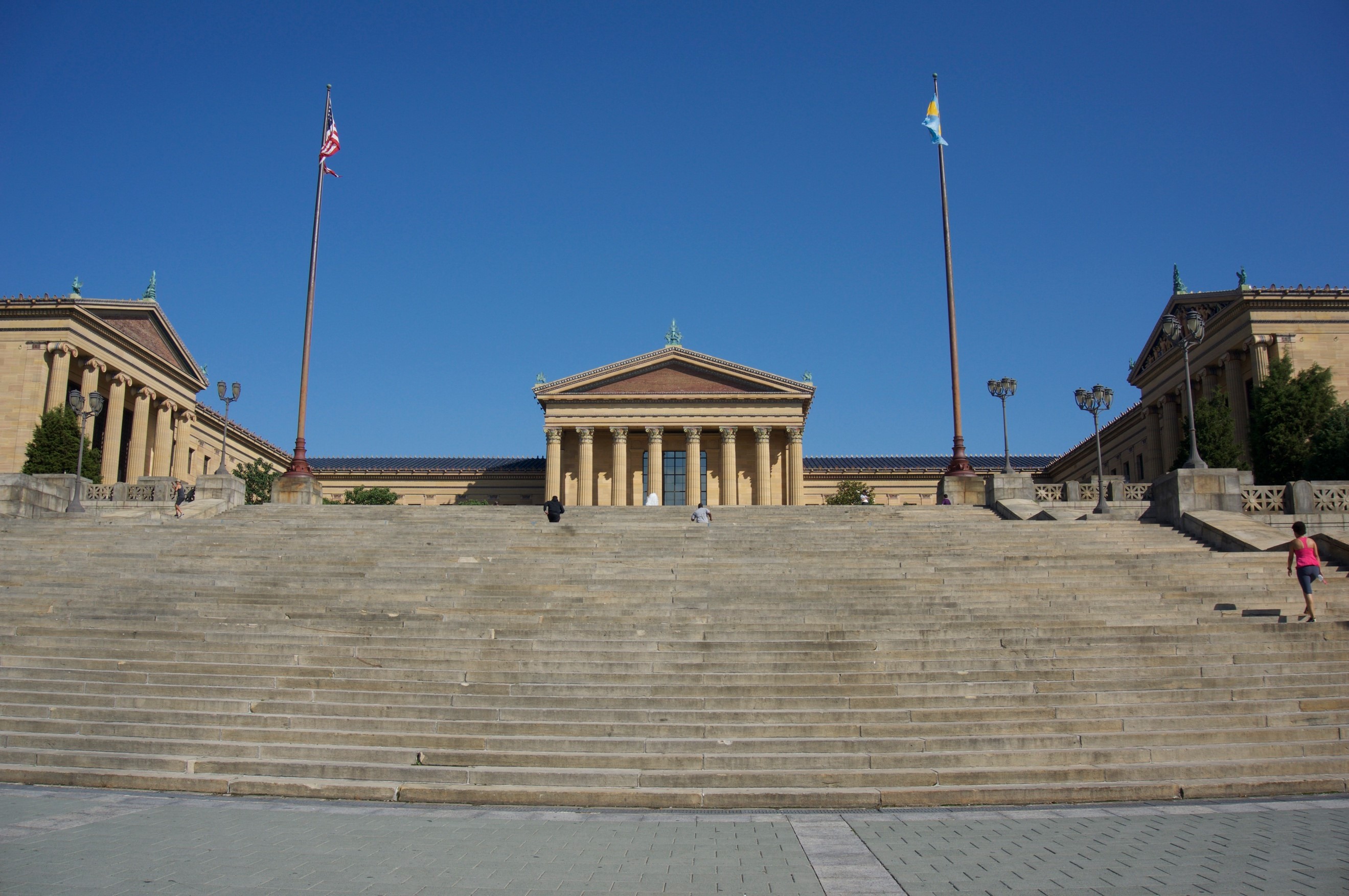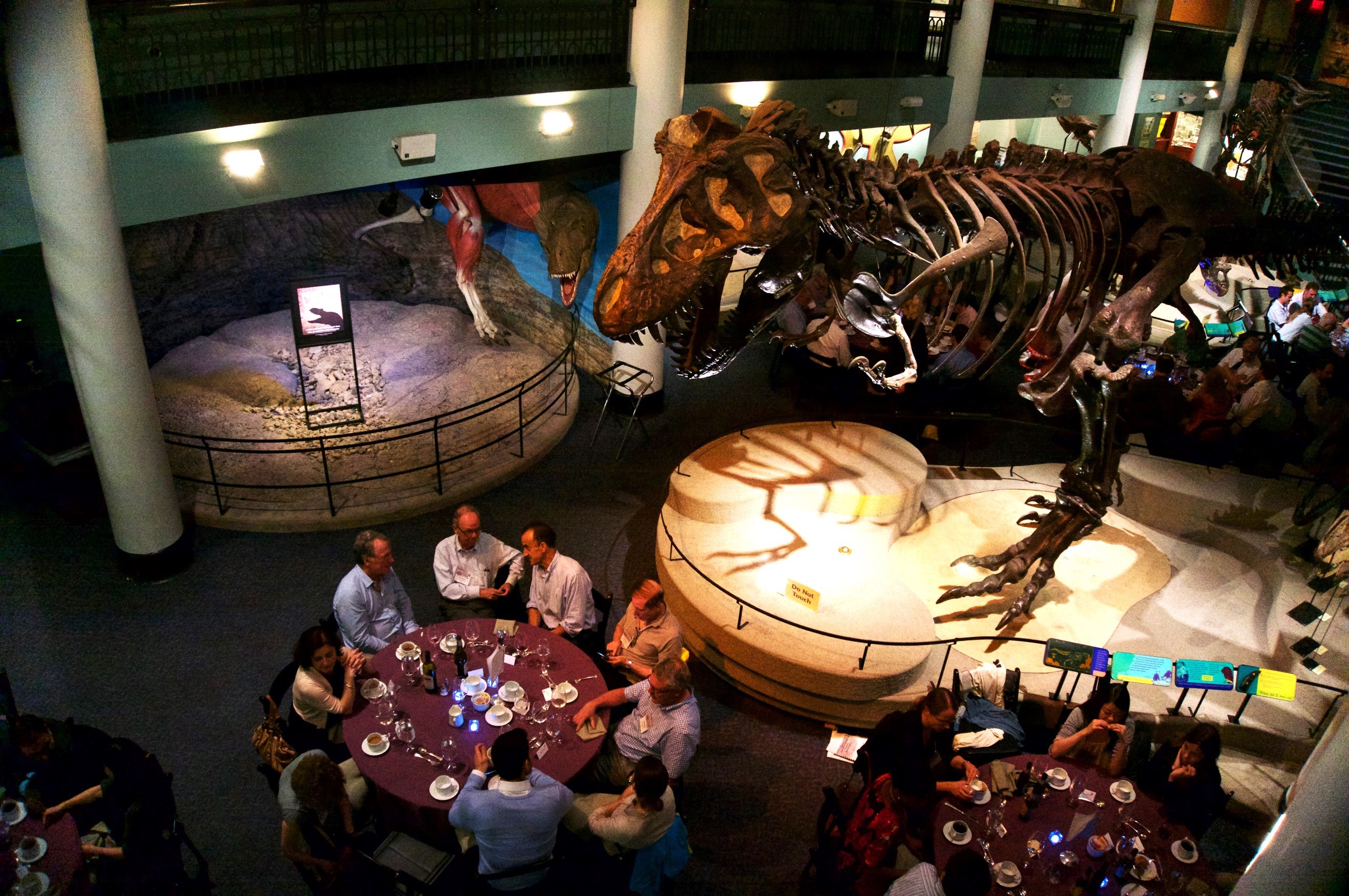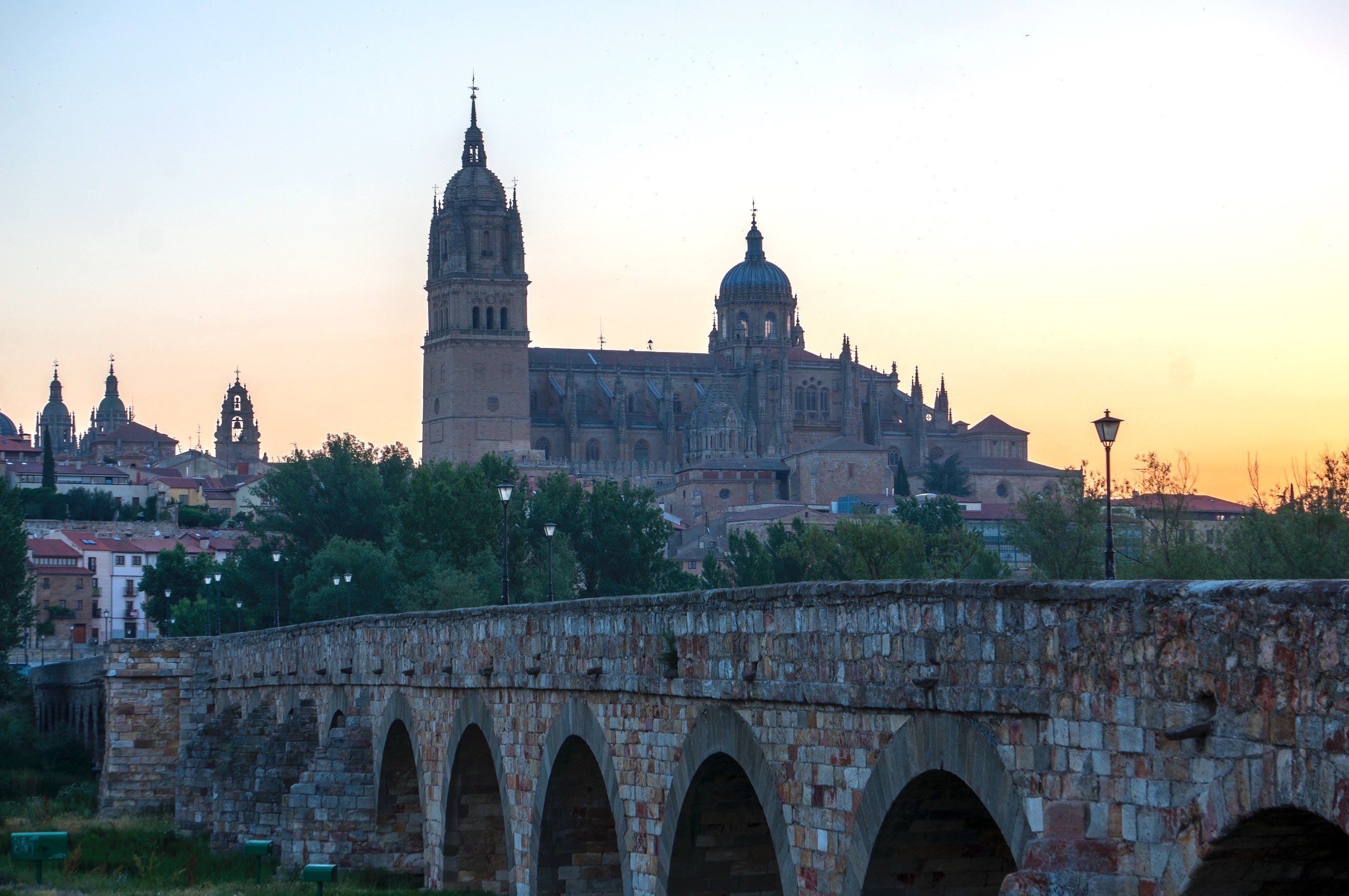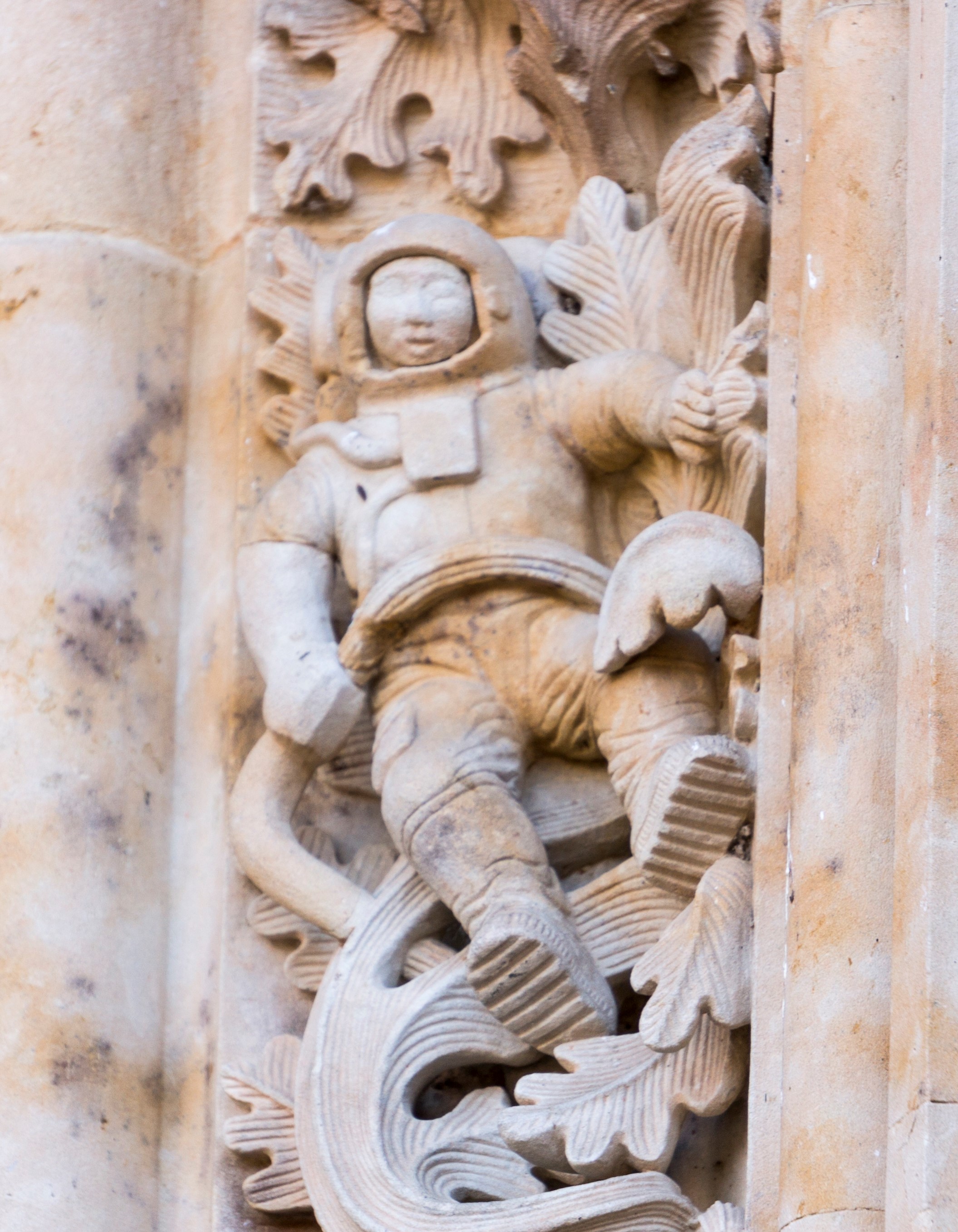My first encounter with the workshop series “Antigen Processing and Presentation” (APP) is quite a long time ago. It started more or less by accident. While I was looking around on the EMBO homepage for some financial support for the next conference participation, I found an immunological workshop named “Antigen Processing and Presentation” which was exactly what my research is about. This workshop series had already existed for more than a decade, takes place every second year at different places all around the world, and lasts about one week. Additionally, the number of participants for this workshop series is kept quite small (only about 150). You have to apply for by sending an abstract and emphasizing why you want to be part of the upcoming event.
Luckily, I got the chance to participate and became a “fan” of this workshop series right from the start! Here’s why:
The Beginning
The first workshop I participated in was held in Amsterdam and, although it was 6 years ago (I had just finished my diploma thesis), I still remember a lot of it. The first thing that impressed me was the very familiar atmosphere already during the first moments of the conference. Every participant was invited to join in many different conversations right away and got the possibility to really talk to and discuss with everyone you liked. The second thing was the fact that nearly all data presented and talked about were unpublished or even just the first results in starting projects. This was in strong contrast to my experience with big conferences like the “European Congress of Immunology” where many presented data were, at least partly, published and where it was much harder to discuss data and ideas in depth, at least in my position as a beginning PhD student.
However, I was enjoying this workshop not only due to science itself, but also because of the many nice people, which additionally have a great talent for organizing outstanding events. Of course, also Amsterdam is worth a city trip starting with Madame Tussauds, the water channels and its historic old town. But, also the conference included some of the charm of Amsterdam and was perfectly integrated into the city and its history. The conference did not take place at a “normal” conference center but was held in the “Trippenhuis”. The “Trippenhuis” was built in 1660 by two rich citizens and now hosts the Royal Dutch Science academy. It had a lovely garden and the conference rooms were true to the era! You could “feel” the debates and lectures that took place there! The final touch was given by the hotel. It was located on the water next to the historic NDSM shipyard (once the biggest shipyard in Europe and another piece of history). The houseboat was reachable by a boat-taxi stopping directly next to it (so from time to time you got the feeling your hotel is traveling over the sea). In the end of the workshop, the location for the next meeting was announced: Philadelphia, USA. And I was already sure I am going to do anything to participate again!
The visit in Philly or going far into the past

(photo by M. Zehner)
I was really happy that I was accepted again and this time I got the possibility to present my data to the audience, which, by the way, was (and still is) the Crème de la Crème in the field of antigen presentation (e.g. Peter Cresswell, Hidde Plough or Jon Yewdell). Arriving at the hotel in Philadelphia, or “Philly” as many residents call their city, already reminded me how familiar this workshop had been two years earlier when I met some participants from Amsterdam during the check in. This is a further advantage of small conferences in general. Very often the organizers include the hotel reservation in the conference plans. By this way, you easily get in contact with other participants and start the day with a nice talk during breakfast or enjoy a nice beer together in the evening. So, we directly went downtown for a first “discovery tour”.
Additionally, the organizers included some time during the meeting, which could be used to explore the city. They gave some tips where to go to and which museums would be great to visit. Unfortunately, they forgot to mention the three most important places, which should never be missed when you visit Philly! Above all, there are “The Stairs”. These are not simple 72 stone steps, these are the “Rocky Steps” which Sylvester Stallone run up in his first Rocky movie! Of course, it is a “must” to do this, too. The second place you should visit is the zoo, which was the first zoo in the United States. And the third place, also connected to American history, is the Eastern State Penitentiary. It was the “home” of two very famous criminals of the United States: “Willi” Francis Sudden (a serial bank robber and among the FBI’s “10 most wanted criminals”) and

(photo by M. Zehner)
El Capone (I do not have to go into details about this guy). Oddly enough all the other guys from the conference talked about some art museums, when we returned to the workshop. Partly they even looked a little bit strange, when I told them where I had been (although I visited places of American history).
But not only the sight-seeing tour during the “official sight-seeing time” in the schedule was full of history. The conference itself was held in the Museum of Natural History in the center of Philly. So, we talked about science in presence of our stone temporal ancestors and during collecting and discussing new future perspectives in our field we dined next to dinosaurs. I always wanted to share my table with a T-Rex.
Looking for a forge, an astronaut and an ice cream addicted demon

(photo by M. Zehner)
The third time I participated in this series’ workshop was supposed to be organized in Spain and I was really looking forward to some joyful days at a beach at the coast of Spain or perhaps visiting Barcelona (always planned to do so). Therefore, I was a little bit disappointed when I read about the place: Salamanca. Never heard about it. It is located in the middle of nowhere in Spain and there was not even an airport next to it (2 ½ hour bus tour from Madrid). So, I thought I had to accept that it will become a purely scientific meeting with less “city tour” possibilities afterwards but the first impressions of Salamanca were surprising and made clear why Salamanca is also called “The golden city of Spain”. It is a nice, small city with a beautiful city center, which by the way, is declared as UNESCO world heritage and filled with historic buildings, several churches and two cathedrals. Additionally, a still intact roman bridge emphasizes the age of the city. Again, the conference organizer helped us to get closer to the city and also the Spanish culture, e.g. serving lunch specialties (like a Spanish version of black pudding) or by a “tapas tour” through the Plaza Mayor (widely regarded as one of the most beautiful plazas in Spain).

(photo by M. Zehner)
Finally, there was the question about the forge (the “mascot” of the city), the astronaut and a demon. During a city tour we had different challenges to master. One was to find a very small frog, which is integrated in the front relief of the main building of the university. I guess without some help you would need hours if not days. It is said that new students arriving in the city will have good luck during their studies, if they find the frog. The second was about a relief on the cathedral, where we should look for something strange. And indeed, having a closer look, we found two things: an astronaut and a demon with an ice cream cone. There are two explanations circulating for these unexpected figures. The first tells us that this part of the relief was restored some time ago and it is tradition of stonemasons to integrate something typical for their time in their work. The second (more favored from my side) says this is a definitive proof of time travel. How else could the builder of the church know about astronauts and ice cream cones?
Although the scientific part of the conference was a little too short in this paragraph does not mean, it was it was too short at the conference. Like the years before actual results in the field of antigen processing and presentation were presented by high ranking scientists (like Emil Unanue or Sebastian Amigorena), but also by some upcoming new scientists (e.g. PhD students or Postdocs). So, topics like the antigen trafficking inside of the cells, viral influences on MHC-I/-II expression and loading or the connections of antigen presentation to innate immunology (like inflammasomes) were discussed. Additionally, some aspects of the future in the field of antigen presentations (upcoming hot topics, but also methodical aspects like the use of mass spectrometry for the generation of a “peptidome” of presented peptides) were also debated intensively.
What the future will bring…
What is coming next is hard to tell because in contrast to the last meetings the location of the next meeting (probably 2019) was not determined yet. There are three options discussed at the moment: the historic Cambridge, the fascinating and warm Australia or the nature and coolness of Norway. But I am sure, wherever it might be, all locations will be worth visiting. As soon as the decision is made it will be published on the EMBO homepage. In general I can recommend to look through the list of organized EMBO conferences and workshops on their homepage.
Matthias Zehner

